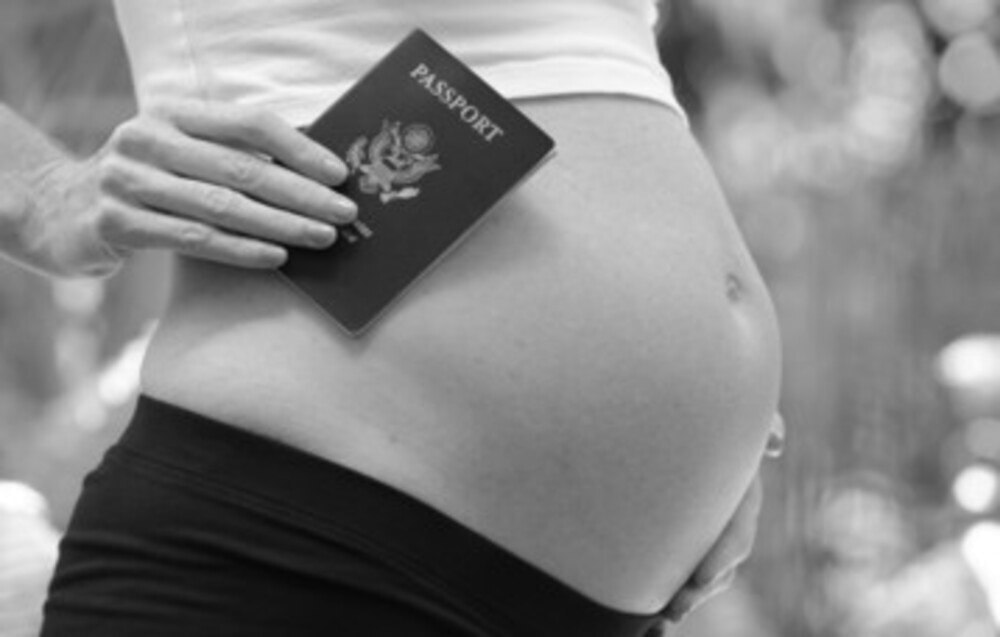There is no way to ever know exactly when you are going to go into labor. That is why it is so important to know the signs that you are in true labor. Below, you will find a guide that will help you in judging whether or not you are in labor.
s your due date draws near, you may feel your baby “lightening” or dropping. This usually occurs a few weeks prior labor. You may feel less pressure around your ribs and more weight in your pelvic region.
Braxton Hicks contractions are more frequent. As real labor approaches, Braxton Hicks contractions can become painful and can occur every 10 to 20 minutes. It could make it confusing for you to determine if you are in real labor or if it is false labor. If the contractions get closer together, last longer and more painful, you are likely in labor. If you are experiencing real contractions, they will not ease up at all, whereas Braxton Hicks contractions will ease up if you lie down on your left side for a time and drink some water.
At your thirty-six week appointment with your doctor, you will undergo a pelvic exam. Your doctor will check your cervix to determine if it is softening. The Braxton Hicks contractions you have experienced in prior weeks may have helped prepare your cervix for labor. Your doctor will also check to see if you are dilating. If this is not your first pregnancy, there is a good chance that you are already dilated a centimeter or two at this stage.
You lose your mucus plug. This will present itself as bloody show. It might come out in one clump, or it could just appear to be increased discharge.
Your water may break. Some women do not experience their water breaking. Their doctors may have to do this manually in the delivery room. When the water breaks, it does not always come out in one large gush. It can trickle out little by little. If you notice a watery discharge or a large gush, contact your doctor immediately. If your labor does not progress on its own after your water has broken, your doctor will likely have to induce you.
Your doctor is going to provide you with clear instructions about what to do if you think that you are in labor. She will tell you when to contact her after you realize whether the contractions are real or Braxton Hicks. These instructions are individualized to fit each pregnancy. There may be reasons that the doctor would want you in the hospital earlier than what she would want another expecting mother. Make sure that you fully understand what your doctor wants you to do in each situation.
If you are the least bit unsure about whether you are experiencing false labor or real labor, call your doctor or labor and delivery department at the hospital. Your doctor has been through this many times with other mothers, and will be able to answer any questions you have or point you in the right direction. Make sure you are aware of how far apart your contractions are when you call, as it will be one of the first questions you are asked.
Knowing the signs of true labor will help you determine if it is time to head to labor and delivery or if your body is simply practicing for the big event. You should now have a better idea for the next time you begin to experience symptoms of labor.



